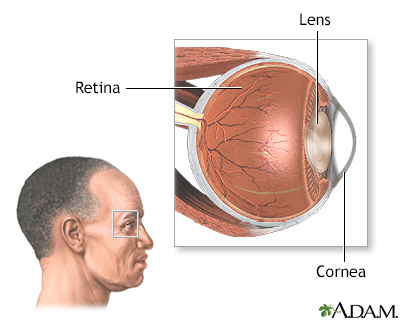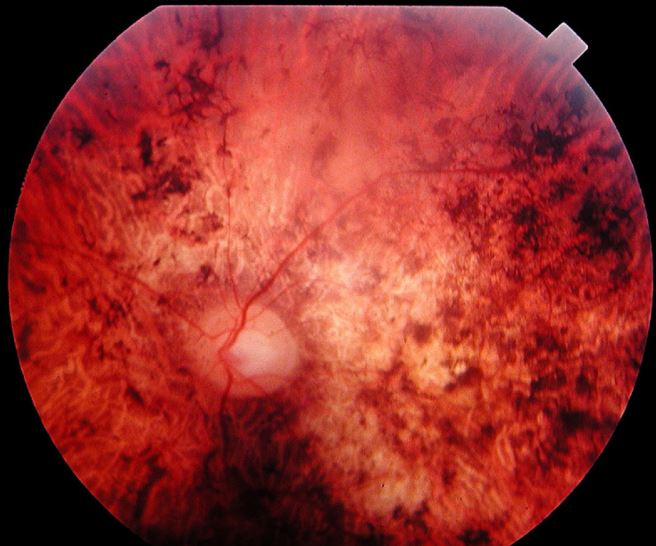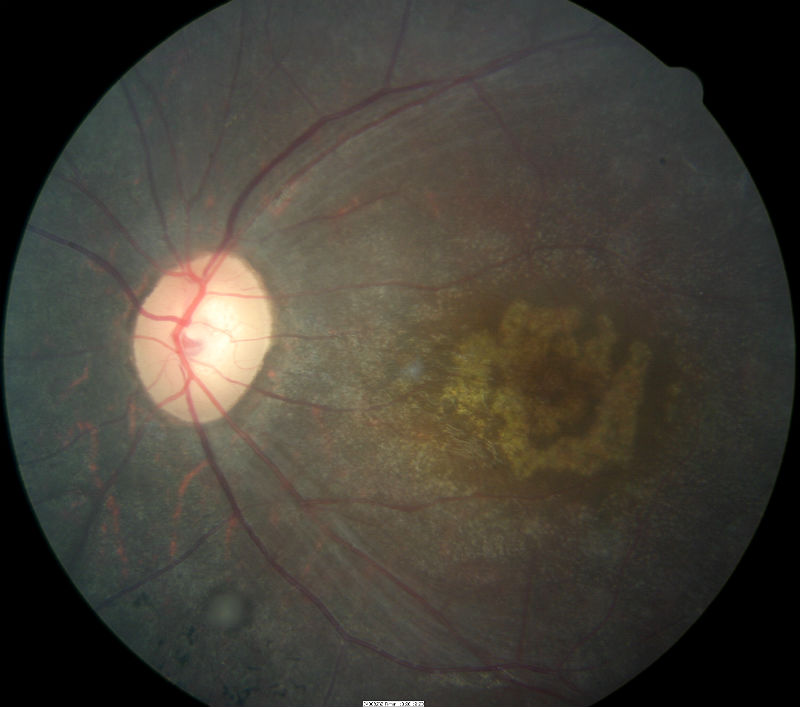

Intense cold reaches the inside of the eye and freezes the retina. In this process, called cryopexy (KRY-o-pek-see), your surgeon applies a freezing probe to the external wall of the eye to treat a retinal tear. Extensive use of this treatment may cause the loss of some side (peripheral) or night vision. This treatment may help people with diabetic retinopathy. Your doctor may use a technique called scatter laser photocoagulation to shrink abnormal new blood vessels that are bleeding or threatening to bleed into the eye. Immediate laser treatment of a new retinal tear can decrease the chance of it causing a retinal detachment. This creates scarring that usually binds (welds) the retina to the underlying tissue. Your surgeon uses a laser to heat small pinpoints on the retina. Laser surgery can repair a retinal tear or hole. Treatment of retinal disease may be complex and sometimes urgent. Your doctor will work with you to determine the best treatment.

In many cases, damage that has already occurred can't be reversed, making early detection important. The main goals of treatment are to stop or slow disease progression and preserve, improve or restore your vision. A scleral buckle is sometimes used in the management of retinal detachment. Silicone material stitched to the outside of the eye indents (buckles) the sclera, causing a slight decrease in the circumference of the eye. In rare instances, these imaging methods can be used to help evaluate eye injuries or tumors. It can also identify certain tissue characteristics that can help in the diagnosis and treatment of eye tumors.

This test uses high-frequency sound waves (ultrasonography) to help view the retina and other structures in the eye. The resulting images show retinal blood vessels and the deeper, harder-to-see blood vessels behind the retina in a tissue called the choroid. This test uses a dye that lights up when exposed to infrared light. This helps to exactly identify closed blood vessels, leaking blood vessels, new abnormal blood vessels and subtle changes in the back of the eye. This test uses a dye that causes blood vessels in the retina to stand out under a special light. FAF highlights a retinal pigment (lipofuscin) that increases with retinal damage or dysfunction. FAF may be used to determine the advancement of retinal diseases, including macular degeneration. This test is an excellent technique for capturing precise images of the retina to diagnose epiretinal membranes, macular holes and macular swelling (edema), to monitor the extent of age-related wet macular degeneration, and to monitor responses to treatment. If you have macular degeneration, he or she might also ask you to use this test to self-monitor your condition at home. He or she will ask you if the lines of the grid seem faded, broken or distorted and will note where the distortion occurs on the grid to better understand the extent of retinal damage. Your doctor may use an Amsler grid to test the clarity of your central vision. The following tests may be done to determine the location and extent of the disease: To make a diagnosis, your ophthalmologist conducts a thorough eye exam and looks for abnormalities anywhere in the eye.


 0 kommentar(er)
0 kommentar(er)
